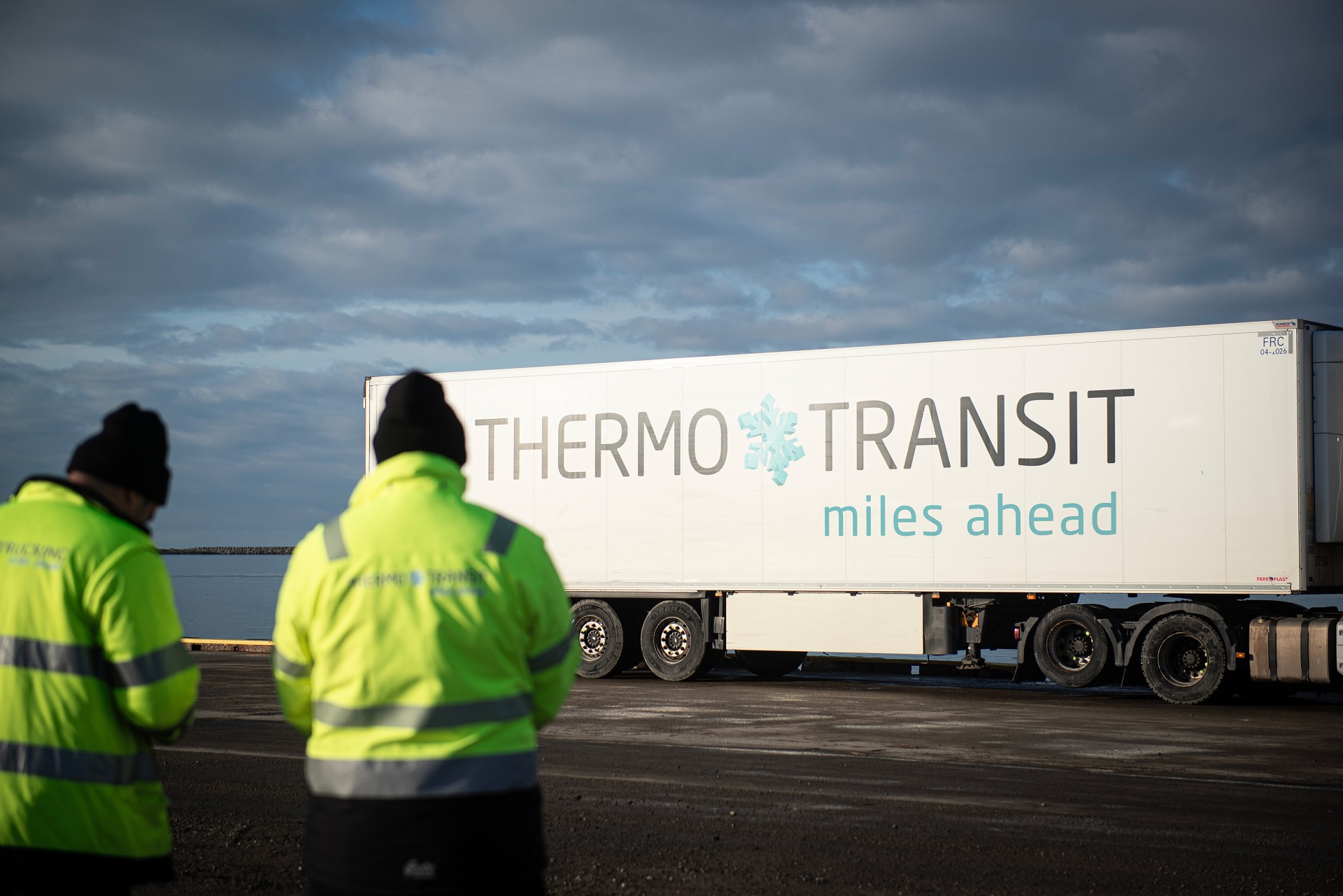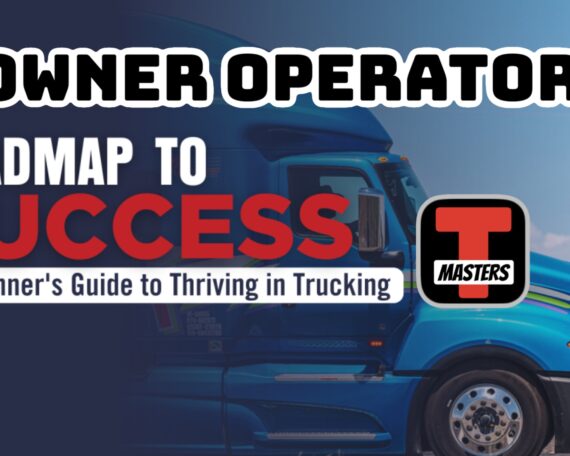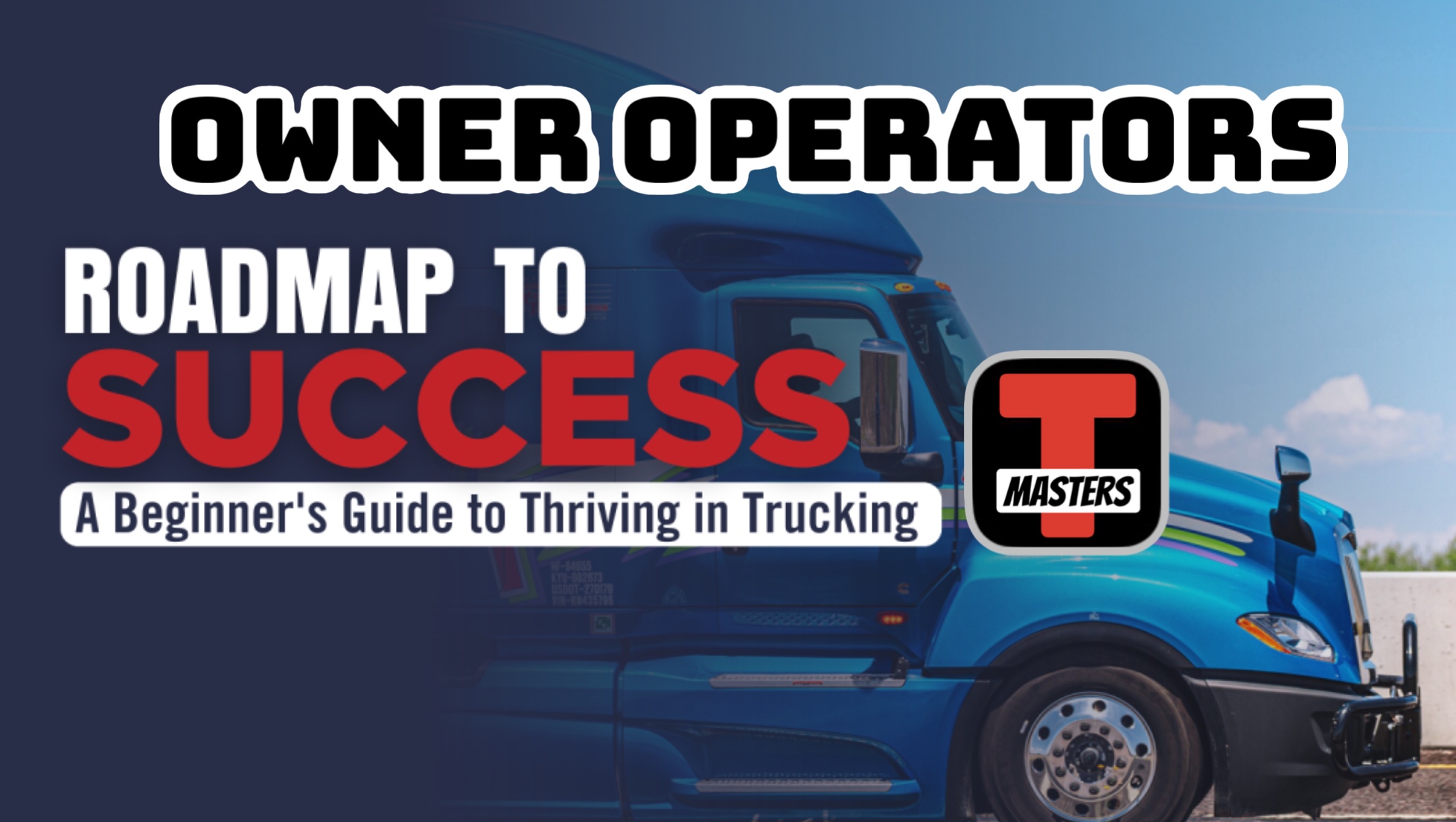When September arrived in Norway, so did the salmon. The country’s aquaculture sector, led by its globally dominant salmon industry, always have its busiest season of the year starting from September – hauling over 181,000 tonnes of fish from cold coastal waters in just one month. But as harvest volumes peak, a different kind of bottleneck is formed – on roads, in ports, and across Europe’s refrigerated supply chains. In 2024, a perfect storm of seasonal supply, infrastructure strain, and unpredictable disruptions exposed a painful truth: when logistics planning starts in peak season, it’s already too late.
Supply Outpaces Infrastructure
The seasonality of seafood is nothing new. Salmon, cod, and herring harvests in Scandinavia follow biological rhythms that concentrate production in the warmer months, then taper off in winter. What’s changed is how tight the margins for error have become. Last year, Norway’s salmon production dropped to 125,000 tonnes by December, right on schedule. But as fish poured into processing plants in late summer and autumn, the cold-chain network struggled to keep up. Drivers were scarce, reefer trailers were overbooked, and ports – already burdened by global congestion – delayed shipments critical for air freight deadlines.
Too Much Salmon, Not Enough Trucks
In Poland, Norway’s top salmon importer and processor, the pressure was acute. Polish facilities handled NOK 14.6 billion worth of salmon by August 2024, much of it bound for fast-turnaround exports across the EU. Delays of even a few hours translated into missed deliveries, rebooking fees, and, in some cases, product losses.
“By the time producers realized trucks were full, there was very little we could do, despite we have extend our terminal services,” said Bjørn Magne Willumsen, Thermo-Transit fish expert, a leading cold-chain logistics firm specializing in seafood transport. “The companies that book in Q1 were the ones still moving smoothly in Q4.”
Proactive Planning as a Competitive Advantage
What separated successful exporters in 2024 wasn’t harvest yield – it was timing. Those who secured logistics resources early in the year were able to buffer against Q3 and Q4 volatility. Their trucks were rolling when others were still negotiating. Their terminals had space. Their shipments reached airports on time. One strategy that gained traction: reducing reliance on subcontracted carriers during low season to maintain a ready fleet in high season. Others prioritized intermodal transport, combining road, rail, and ferry routes to offset driver shortages and reduce emissions.

According to Thermo-Transit, shifting freight through hubs in Padborg (Denmark) and Oslo provided flexibility. Swapping trailers and drivers at these hubs ensured compliance with EU cabotage rules and the Mobility Package, while keeping sensitive product moving.
Global Pressures, Local Lessons
The challenges faced in Norway were mirrored globally. Port congestion in Asia, container shortages, and fuel price spikes left cold-chain transport vulnerable across markets. In the UK, tightened visa rules and crew shortages compounded seafood import declines. And in Indonesia, cold storage inefficiencies showed just how dramatically logistics costs can balloon without infrastructure investment.
What the Scandinavian experience highlighted, however, was the increasing interdependence of fish producers and logistics operators. As consumer demand grows for traceable, responsibly sourced seafood, producers must now deliver not just quality – but consistency. That consistency begins long before the first fish is caught.
Looking Ahead: The Window Is Now
For fish producers, the first quarter of the year is often quieter. The pens are full, but harvest is months away. It’s easy to put off decisions about capacity, scheduling, or routing. But that lull is deceptive. “Q1 and early Q2 is when the smart planning happens,” said Willumsen. “If you wait until the orders come in, you’re reacting, not leading.”
In 2025, supply chain resilience won’t be built in September. It will be built now – by investing in relationships with carriers, forecasting harvest volumes in advance, and securing access to the infrastructure that will be in shortest supply when the season returns. Because as every fish producer knows: you can’t move product that doesn’t have a truck waiting for it.
similar news
Time is ticking once the catch is collected
The post Why Fish Logistics Needs to Move Before the Harvest appeared first on Logistics Business.
Read More


